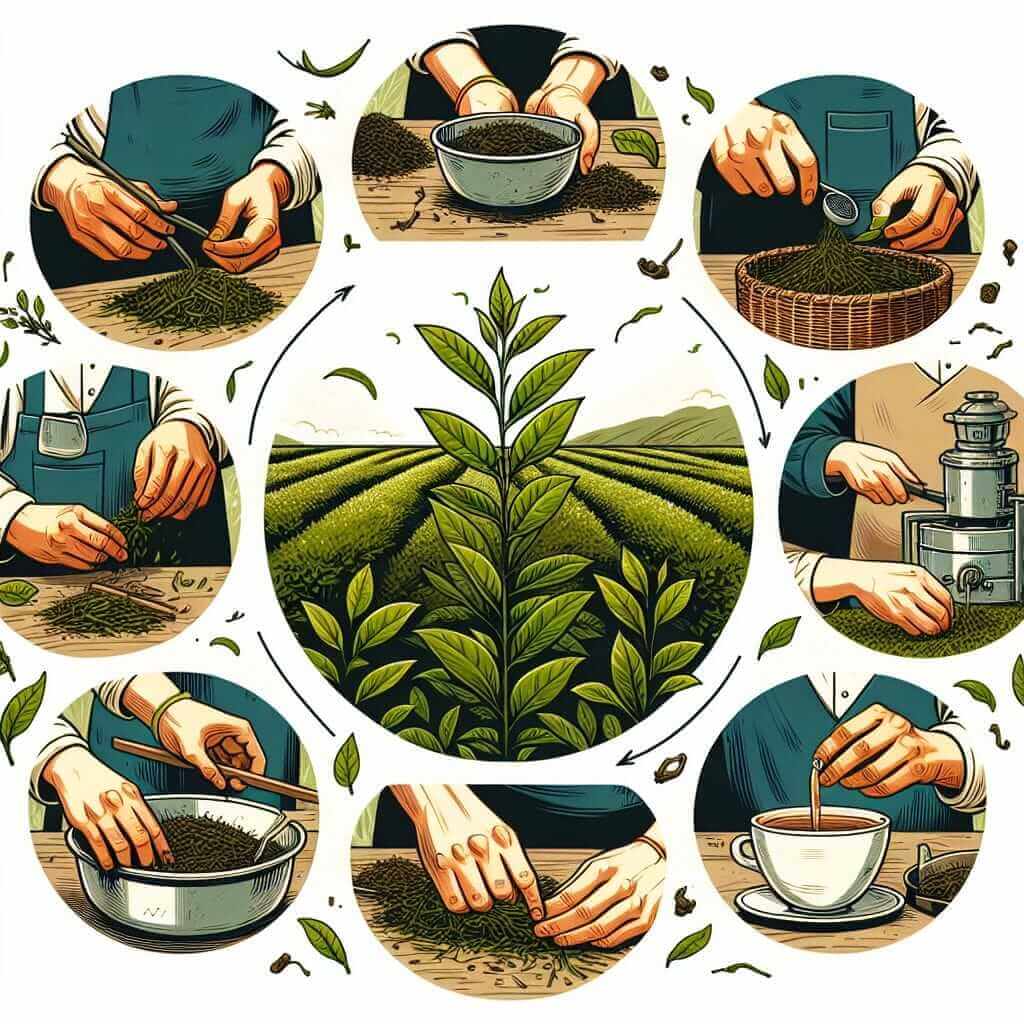As an IELTS instructor with over 20 years of experience, I’ve seen firsthand how describing a process can be a stumbling block for many IELTS candidates. Whether you’re aiming for a Band 6 or a Band 8, knowing how to clearly and accurately explain a process in the IELTS Speaking test is crucial. This article will guide you through the essential steps, tips, and strategies to help you master this skill and boost your IELTS Speaking score.
Understanding the Task: Why Describe a Process in IELTS Speaking?
The IELTS Speaking test assesses your ability to communicate effectively in English. Describing a process falls under Part 2 of the Speaking test, where you’ll be given a cue card with a topic. This topic might ask you to describe:
- How something is made: e.g., “Describe how coffee is made.”
- How something works: e.g., “Describe how a solar panel works.”
- A natural process: e.g., “Describe the water cycle.”
- A historical process: e.g., “Describe the process of how a bill becomes law in your country.”
The examiner wants to evaluate your ability to:
- Organize your thoughts logically.
- Use a range of vocabulary related to sequence and process.
- Speak fluently and coherently for an extended period.
Mastering the Art of Describing a Process: A Step-by-Step Guide
1. Understand the Cue Card and Brainstorm
- Read the cue card carefully: Identify the key words and make sure you understand exactly what you need to describe.
- Brainstorm: Take the 1 minute preparation time to jot down key points and vocabulary related to the process. Think about the different stages involved.
2. Structure Your Response
A well-structured response is key to a high score. Use this framework:
- Introduction: Start by paraphrasing the topic and briefly stating what you will describe.
- Example: “Today, I’m going to describe the fascinating process of how coffee is made, from bean to cup.”
- Main Body: Describe the process step-by-step, using clear and concise language.
- Sequence words: Use a variety of sequencing words to connect the steps, such as:
- Firstly, initially, to begin with
- Secondly, next, subsequently, then, after that
- Finally, lastly, in the end
- Passive voice: This is often used when describing processes, especially when the action is more important than the agent.
- Example: “The beans are roasted…”
- Sequence words: Use a variety of sequencing words to connect the steps, such as:
- Conclusion: Briefly summarize the process or state the outcome.
- Example: “And that’s the process of how those aromatic coffee beans end up in your morning cup!”
3. Use Specific and Vivid Vocabulary
Avoid generic words like “make” or “do.” Instead, opt for more specific verbs and adjectives:
- Instead of: The coffee beans are put in a machine.
- Say: The coffee beans are ground using an industrial grinder.
4. Practice Makes Perfect
Practice describing various processes at home. You can find sample IELTS Speaking topics online or use everyday processes around you as practice prompts.

Illustrative Example: Describing How Tea is Made
Let’s apply these steps to a sample topic:
Describe how tea is made.
- Introduction: “Making a cup of tea is a process enjoyed by millions globally. It involves a series of simple yet crucial steps.”
- Main Body: “Firstly, tea leaves are harvested from the Camellia sinensis plant. Next, the leaves undergo a process called ‘withering,’ where they are laid out to dry and soften. Depending on the type of tea desired, the leaves are then rolled and oxidized, which gives them their characteristic color and flavor. Following this, the leaves are dried again to halt the oxidation process. Finally, the dried tea leaves are packaged and ready for brewing.”
- Conclusion: “So, next time you savor a cup of tea, you’ll appreciate the intricate process behind its creation.”
Tips to Elevate Your Performance:
- Don’t be afraid to use fillers appropriately: While you should aim for fluency, it’s natural to pause and think. Use fillers like “um,” “well,” or “let me see” sparingly.
- Paraphrase: Demonstrate your vocabulary by using different words to express the same idea.
- Maintain a natural pace: Don’t rush! Speak clearly and at a moderate pace so the examiner can understand you.
Conclusion
Describing a process in the IELTS Speaking test doesn’t have to be daunting. By understanding the task requirements, using a clear structure, and enriching your language with specific vocabulary, you can confidently tackle any process description. Remember, consistent practice is your key to success. Good luck!